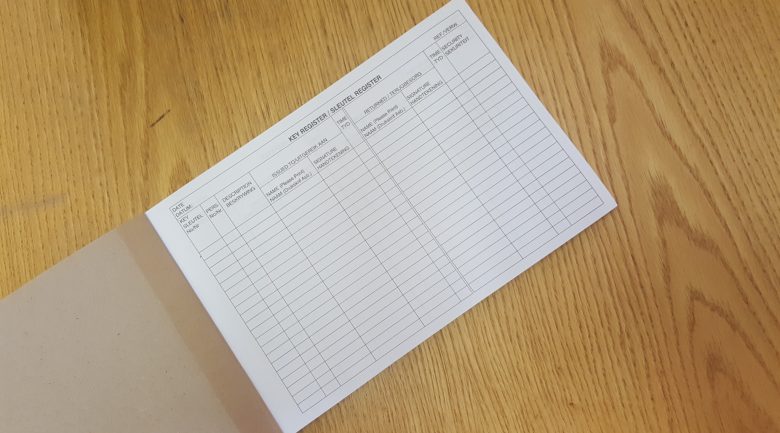In today’s complex work environment, it is almost inevitable that employers will face the need to conduct a workplace investigation at some point in time. A thorough investigation will uncover the truth behind an allegation, determine the most appropriate response, and help mitigate the risk of an employment lawsuit.
What is a Workplace Investigation?
An investigation is a fact-finding action used to discover what has occurred during an event. Whether facts of an incident are clearly known or are merely rumors or suspicions, management must be able to support their position with clear and specific facts that are collected during an investigation. Human resources should consistently remind management: never act on rumors; always get the facts first.
Despite the potential cost, distraction or discomfort, conducting a thorough investigation holds several benefits:
• Information uncovered may be the basis for changes in policy
Investigations may uncover information that would prompt an organization to rethink and modify corporate policies or procedures. This is especially common in safety investigations.
• Evidence to support decisions made after the investigation
Investigations are critical in the decision-making process of a company, because the information uncovered will prompt management to move in the right direction, allowing them document no wrong-doing and close the investigation, or take disciplinary action as needed.
• Documentation of “good faith” intent of an employer
If the subject of an investigation is regarding any unlawful behavior such as harassment, discrimination or retaliation, a solid and thorough investigation is a formidable defense for an organization. It demonstrates the good faith intentions of the employer in maintain a safe and compliant workplace environment.
When is an investigation necessary?
Whenever someone or something is harmed or threatened by an organization’s operations, management has a duty to investigate. Causes can be mechanical, corporate policies, the physical work environment, or other employees. A company has a duty to provide its staff as safe a work-environment as reasonably possible. Therefore, management cannot be passive and wait for an employee to step forward with problems or concerns. It is expected to be alert, to observe the workplace and to take the appropriate steps by launching an investigation if there is a suspicion that problems or issues may exist.
Through repeated court decisions, management’s duty to respond is clear. Not only must they take a proactive stance, but even the victim employee cannot prevent them from taking the necessary actions.
“Under federal law, an employer’s failure to investigate may allow a jury to impose liability on the employer. Once higher management has notice of the problem it may later face civil liability if it fails to look into the problem and act to prevent recurrence or expansion.” [Lawroom.com]
Investigations come in all sizes, shapes and forms. Sometimes they require a minimal amount of research, such as verifying tardies or absences. Other incidents require more action, such as providing evidence of poor job performance. In more serious cases, when there is a suspicion of illegal activities, more formal investigations are necessary. This can include violence or threats of violence, suspicion of substance abuse, on the job injuries, and claims of discrimination or harassment.
In our next post, we will review the eight steps that create the framework for a formal, legal and effective workplace investigation.
[vc_btn title=”Enquire about our Commercial or Residential Guarding Packages Now !” color=”primary” i_icon_fontawesome=”fa fa-twitch” link=”url:http%3A%2F%2Fellersecurity.co.za%2Flive%2Fenquiries%2F||” add_icon=”true”][vc_column_text]





 © 2024 Eller Group of Companies. All rights reserved.
© 2024 Eller Group of Companies. All rights reserved.